Unprecedented monsoon rains unleash catastrophic floods across Punjab and Haryana
- EP News Service
- Sep 08, 2025
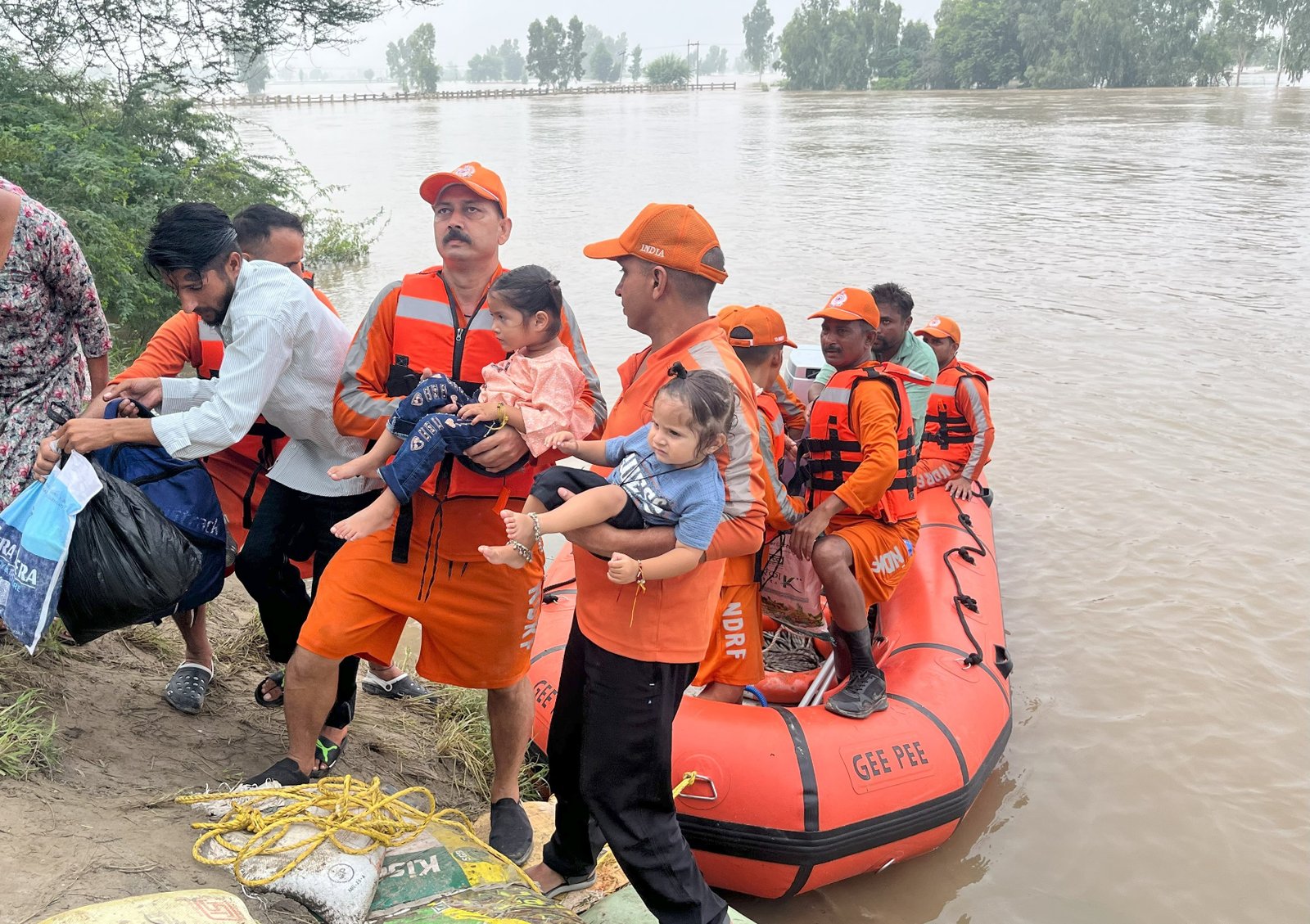
NDRF is actively carrying out flood rescue operations in Punjab
CHANDIGARH: Relentless monsoon rains have caused widespread flooding and devastation across Punjab and Haryana, driven by extreme rainfall, river overflows, and vulnerabilities in infrastructure and disaster management. Flash floods have inundated villages, destroyed crops, and resulted in significant loss of life.
The flooding, the worst in decades, has displaced millions, disrupted livelihoods, and limited access to essentials, triggering extensive rescue and relief efforts.
In Punjab, all 23 districts have been declared flood-affected, impacting over 350,000 people and claiming at least 37 lives from August 1 to September 3, 2025. The most severely hit districts include Gurdaspur, Pathankot, Fazilka, Kapurthala, Tarn Taran, Ferozepur, Hoshiarpur, Amritsar, Rupnagar, Moga, Sangrur, Barnala, Patiala, and SAS Nagar (Mohali).
The Punjab government has evacuated nearly 20,000 people, including 5,581 from Gurdaspur alone. Approximately 148,000 hectares of farmland critical to Punjab's status as India's breadbasket remain submerged, with over 1,400 villages inundated across the state, affecting 354,000 residents. The Sutlej, Beas, and Ravi rivers, swollen by heavy upstream rainfall in Himachal Pradesh and Jammu & Kashmir, along with releases from dams like Pong, Ranjit Sagar, and Bhakra, have fueled the crisis, evoking memories of the 1988 floods that killed over 600 people. At least 30 deaths have been confirmed, with over 20,000 rescues conducted.
The 2025 monsoon ranks among the most destructive in recent North Indian history, with at least 500 deaths reported across Punjab, Haryana, Himachal Pradesh, Uttarakhand, and Jammu & Kashmir. In Himachal Pradesh, August rainfall reached 431.3 mm, the wettest in 76 years (68% above normal), resulting in five deaths in Shimla alone from landslides and floods. Jammu & Kashmir experienced 296 mm of rain in a single day in Jammu, shattering records since 1973 and triggering floods along the Jhelum and Chenab rivers, with two deaths and hundreds rescued. Delhi recorded over 1,000 mm of seasonal rainfall, flooding the Yamuna River and submerging low-lying areas.
Climate change has amplified these events, rendering monsoons more unpredictable and intense through warmer air holding excess moisture, rapid Himalayan glacier melt, and stalled storm systems. Human factors, including deforestation, floodplain encroachment, poor dam management, and neglected embankments, have worsened the impacts. Rescue operations by the NDRF, SDRF, Army, BSF, and NGOs continue, with schools closed until September 7 in Punjab and inter-ministerial teams assessing damages.




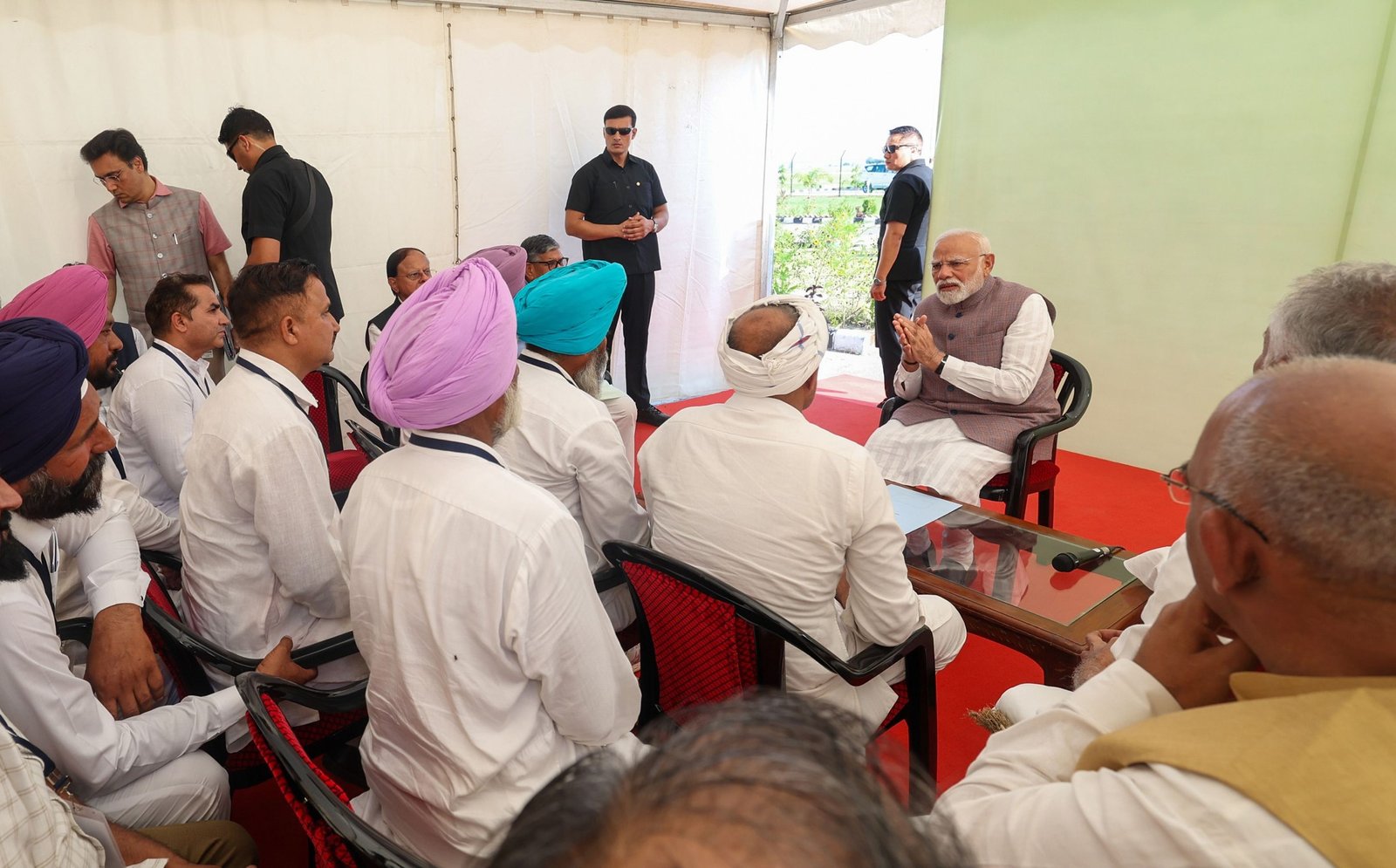
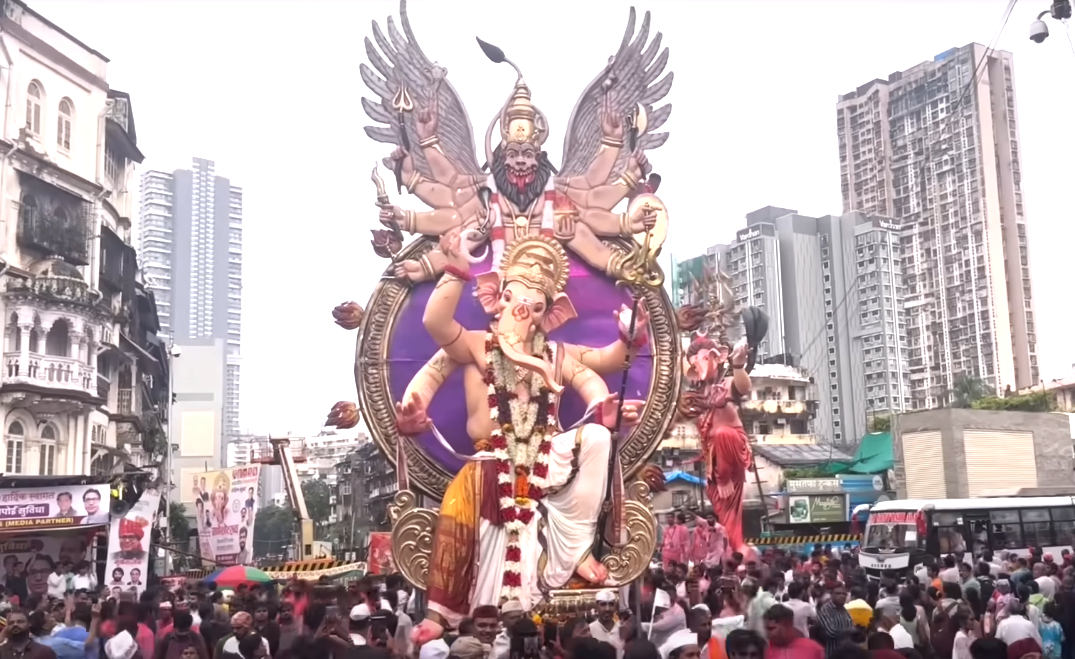
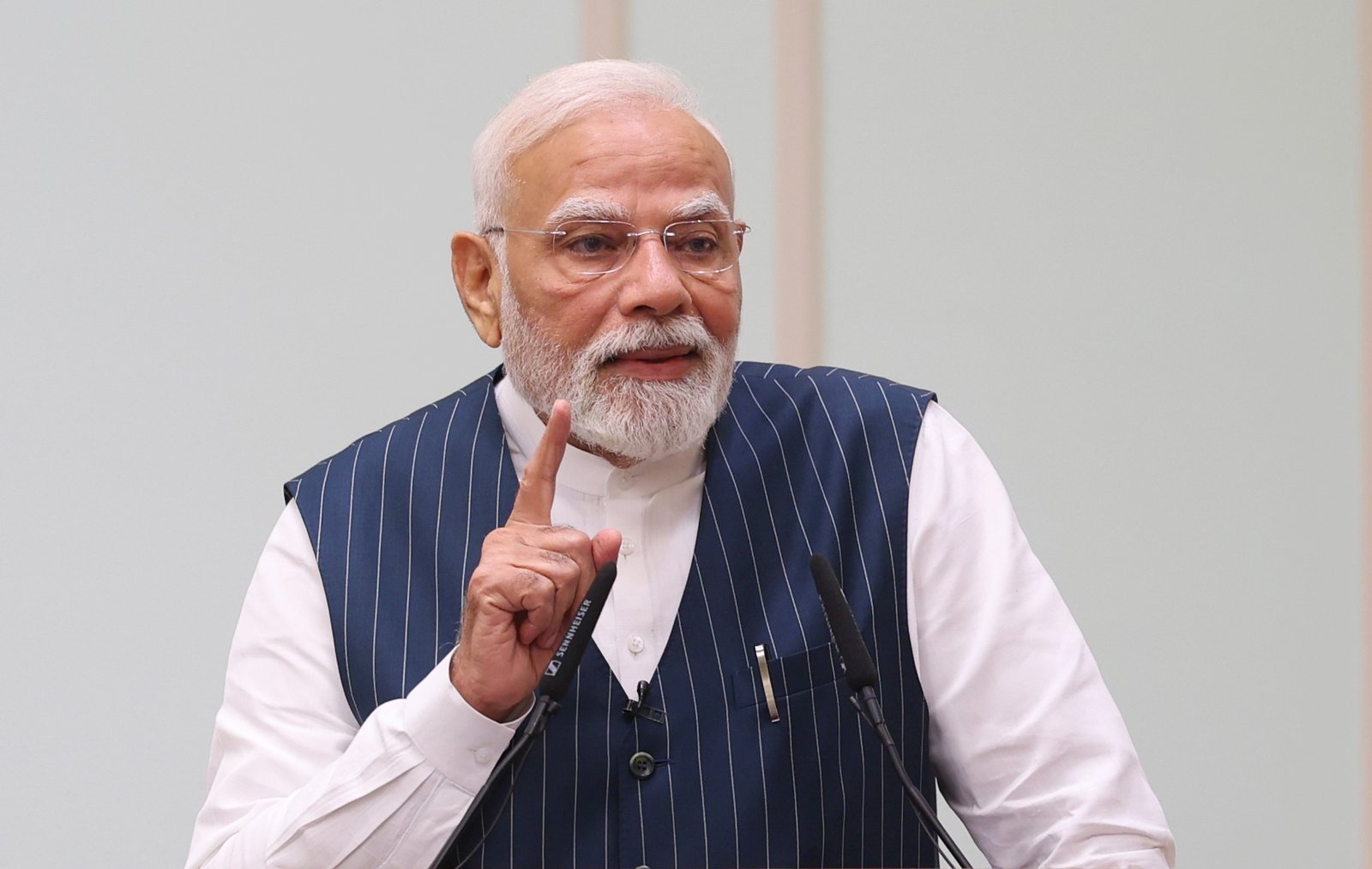
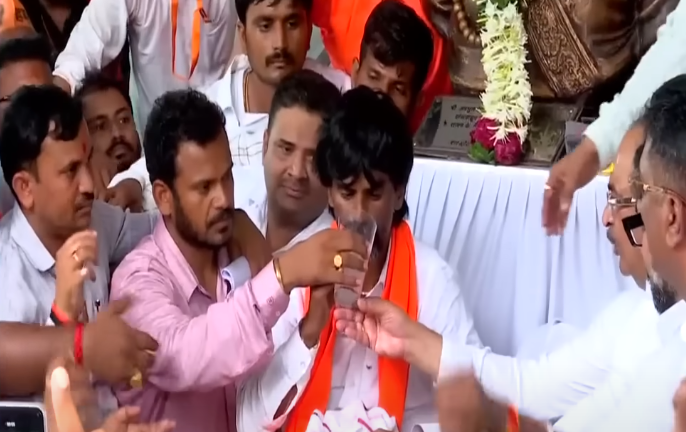
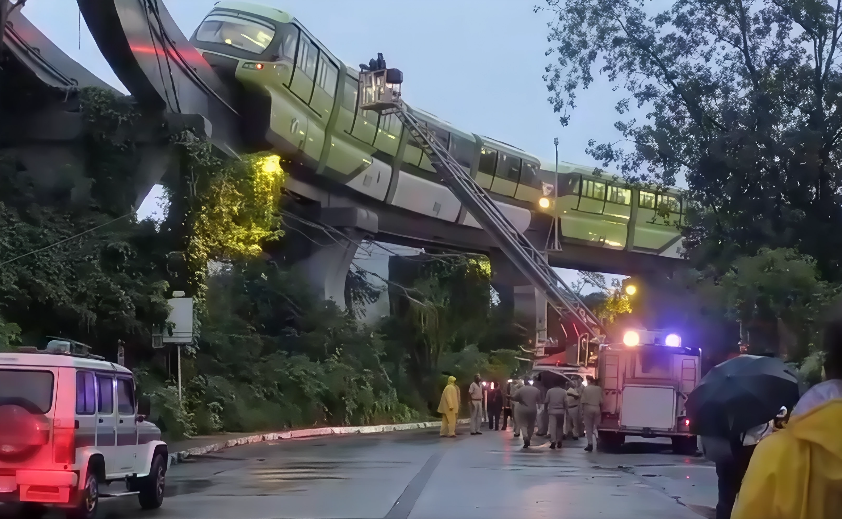
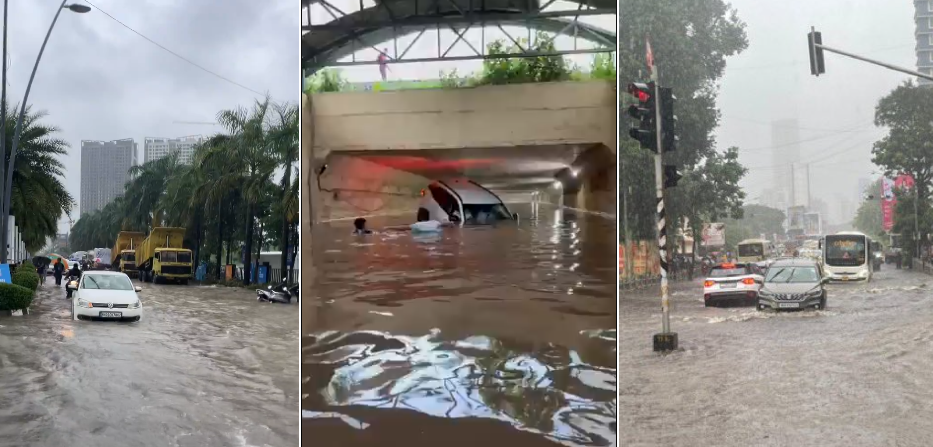
Reporter
Crisp, and to the point news coverage from India and around the world.
View Reporter News